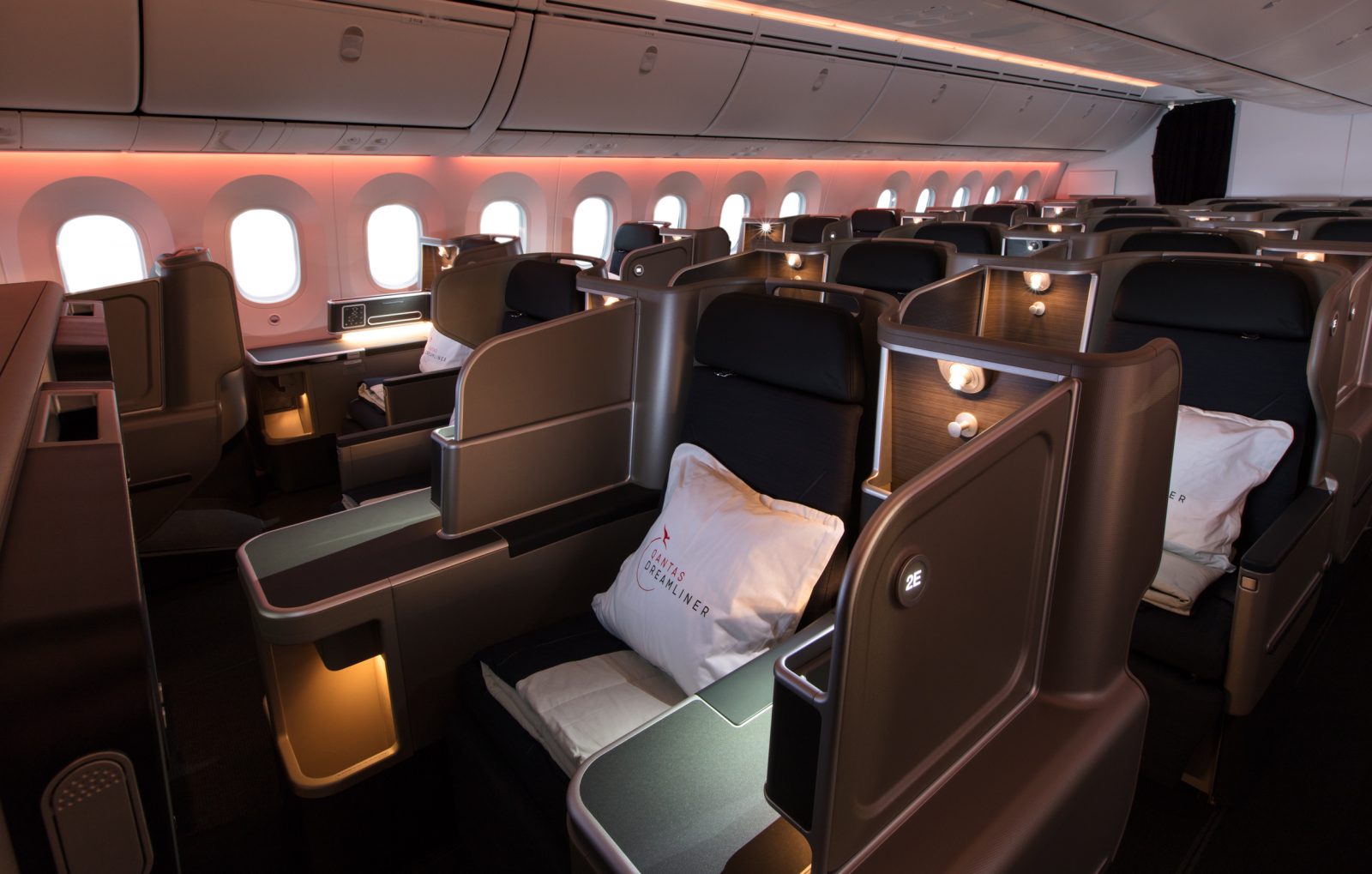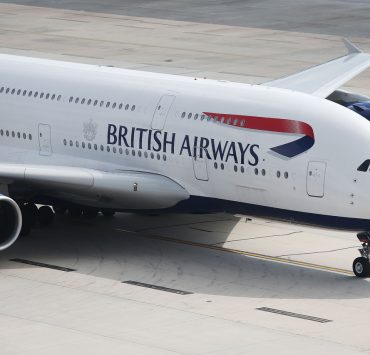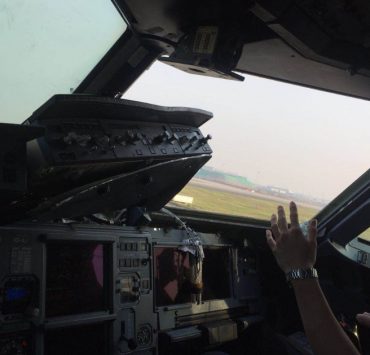
Fascinating new figures reveal the current state of global aviation and they just go to show that despite the rise of low-cost airlines, First and Business Class passengers still remain very important for international airlines. The figures come as part of a routine update from the International Air Transport Association (IATA) – a body which represents the majority of airlines around the world.
The ‘Airlines Financial Monitor‘ for March to April 2018 reveals a number of key insights including yield, passenger load factor and capacity – and while the figures are deliberately broad, they nonetheless give a great insight into the challenges that airlines have been facing in the last few years.
Take passenger yields as a great example – that’s the amount of money an airline makes out of each passenger. IATA says February saw the strongest month-on-month rise in yields for at least seven years but longterm figures (just take a look the graph below) just goes to show how much yields have dropped in the last few years.
Essentially that means lower airfares for you and me. The rapid expansion of low-cost airlines could be a big contributing factor to this trend but even premium airlines have had to lower their airfares in order to compete and in some cases, encourage passengers to fly with their airline.

Which is why passenger load factors can often be so misleading – a measure of the percentage of available seats an airline has filled with passengers on any given flight. As of February, load factors were standing at 82% – up from an average of 79% in 2012. It’s a healthy figure but possibly driven by lower average fares.
Meanwhile, capacity continues to grow – up 6.4% year-on-year. Some airlines, including United, have admitted that they’ll continue to make more seats available, prompting fears of capacity dumping and the risk that prices will be driven even further down. Luckily for airlines, the total number of passenger kilometres flown has risen in excess of capacity but airline stocks have still taken a battering.
Premium passenger still contribute most to airline revenues
Despite low fares and the rapid rise of all-economy class low-cost airlines, premium-class passengers still remain most important for international airlines. Passengers sat in First and Business Class cabins account for just 5.4% of all international ‘origin to destination’ traffic in January and February combined.
Yet those passengers generate a huge 30% of revenues. Flights across the North Atlantic still account for the majority of premium-class travel, closely followed by flights between Europe and Asia and then services in the North and Mid Pacific.
But even the fares that airlines get to charge these premium passengers have been falling over the last few years. According to ICF Inc and Bloomberg, the highest 10% of one-way fares have dropped by nearly a quarter at American Airlines since 2014. At United, premium fares have fallen 16%, while Delta has managed to keep the reduction to just 12%.
No wonder there’s been a Business and First Class arms race in recent years. Industry magazine, Skift, says carriers have been “chasing the prosperous by lavishing perks on them,” – that includes increasingly sophisticated seats and luxe soft product offerings.
Qatar Airways

Last year, Qatar Airways launched an innovative Business Class suite with sliding doors and the ability to transform two middle seats into a “double bed” (now offered by Singapore Airlines on its new A380 product). Four suites in the middle, referred to as a ‘quad’, can even be combined to offer a ‘living space’ for families.
Delta Air Lines
But Qatar isn’t the only airline to offer a sliding door on its Business Class seats (a luxury once reserved for First Class suites only). Atlanta-based Delta Airlines launched its new Delta One Suite around the same time as Qatar. It may not be as specced-up as the Persian Gulf airline’s product but it’s certainly a big draw for North American passengers.

Singapore Airlines
Then there’s the next-generation of First Class Suite’s which were launched by Singapore Airlines and Emirates last year. The Singapore version will feature just six such Suites on the upper deck of its Airbus A380’s. Each Suite comes with a reclinable seat and separate bed. Some Suites can even be combined to create a double bed.

Emirates
Meanwhile, Emirates has opted for the ultimate in privacy with a floor-to-ceiling, fully enclosed suite that has received rave reviews. Featuring colour changing mood lighting, individual climate control and a plush leather seat which even has a ‘zero-gravity’ position.
Set out in a 1-1-1 configuration on select Boeing 777 aircraft, the new Emirates First Class suite might be the only time you want to have a middle seat. The suites feature fake windows which project a live HD image of the outside.

Etihad Airways
The award for the ultimare in luxury, however, probably still goes for Etihad Airways and it’s Residence Class. The only three-room suite available on commercial flights, the Residence boasts 125 sq feet of space with a 32-inch television in the living room and a second, 24-inch version in the bedroom.

Mateusz Maszczynski honed his skills as an international flight attendant at the most prominent airline in the Middle East and has been flying throughout the COVID-19 pandemic for a well-known European airline. Matt is passionate about the aviation industry and has become an expert in passenger experience and human-centric stories. Always keeping an ear close to the ground, Matt's industry insights, analysis and news coverage is frequently relied upon by some of the biggest names in journalism.









